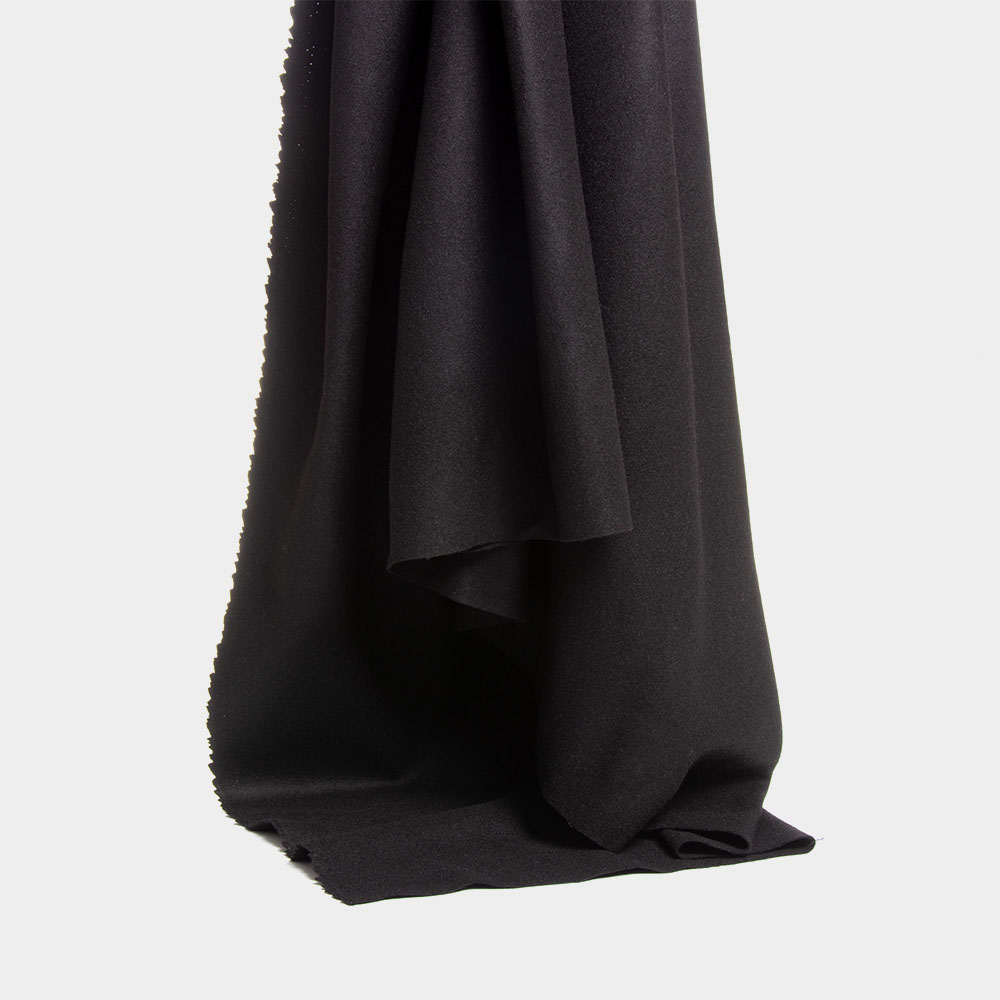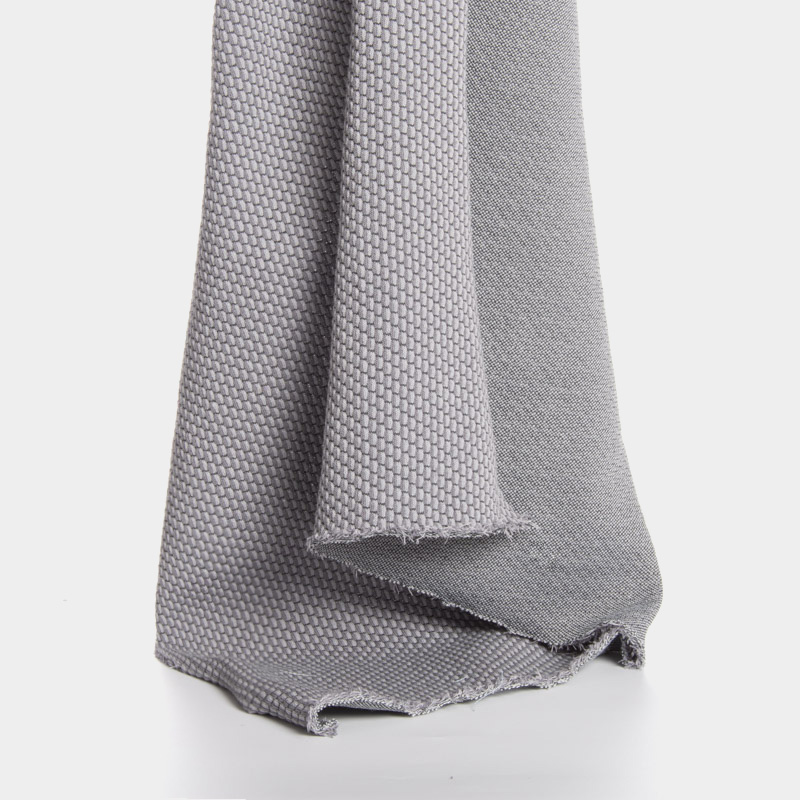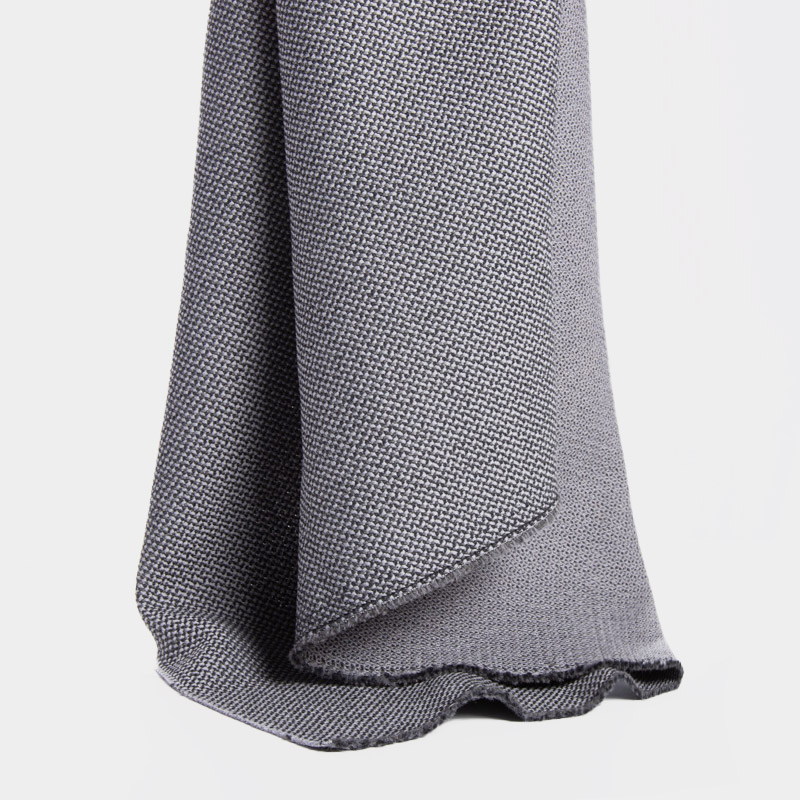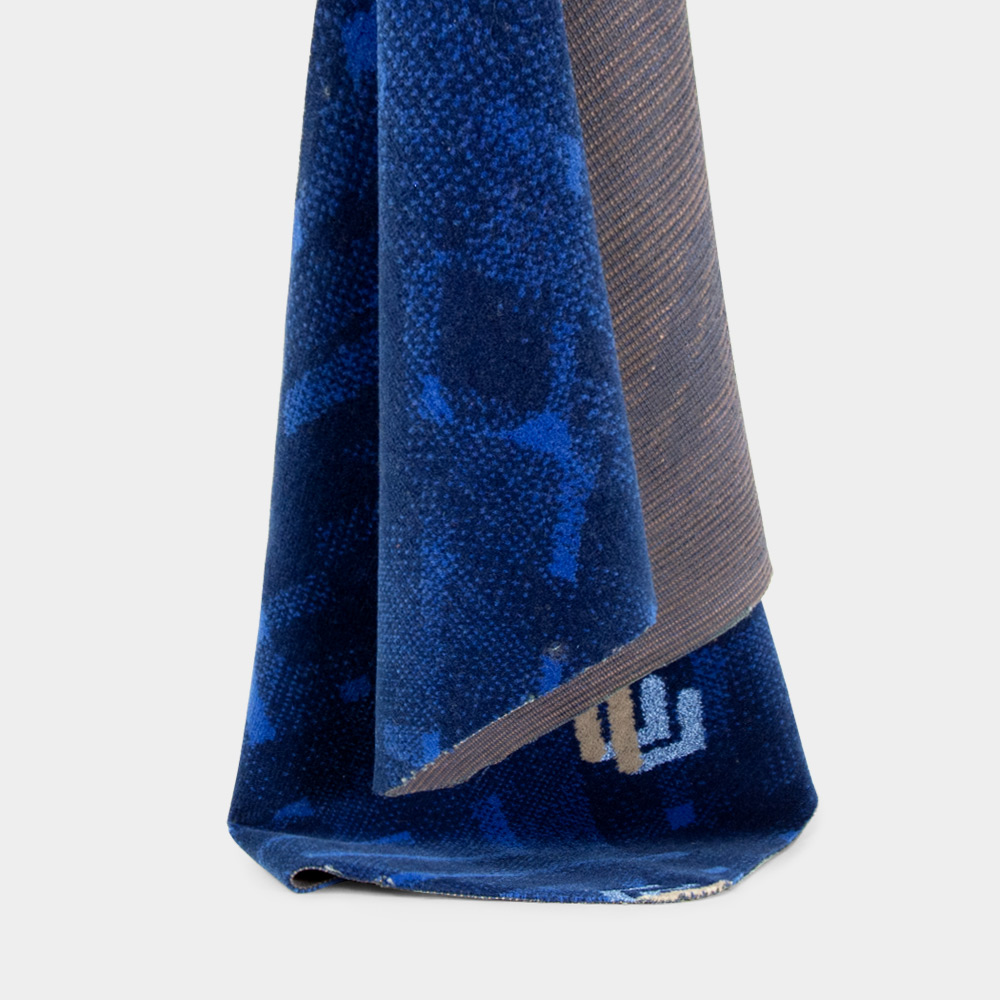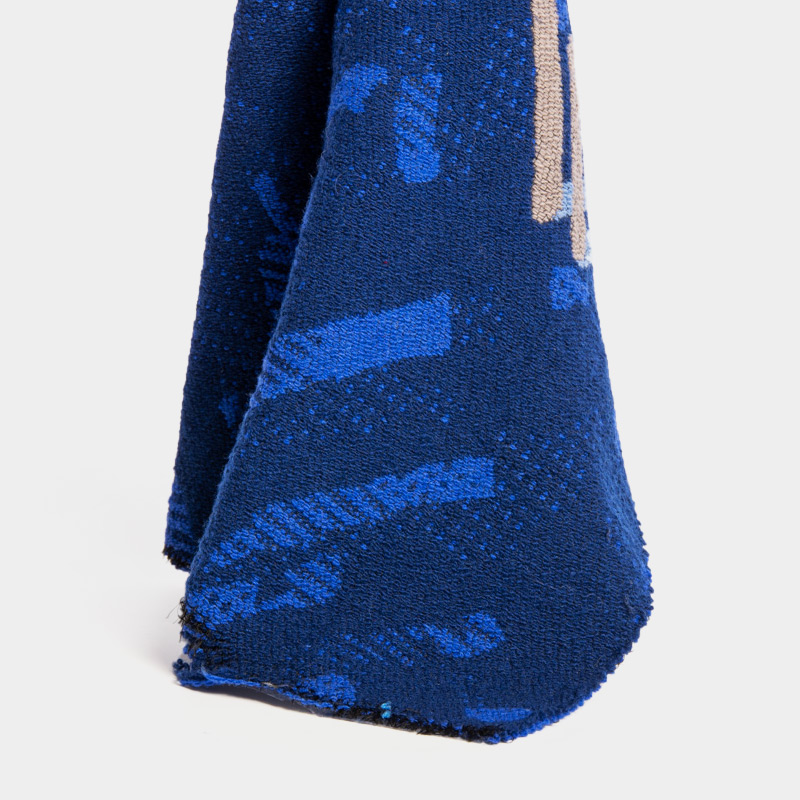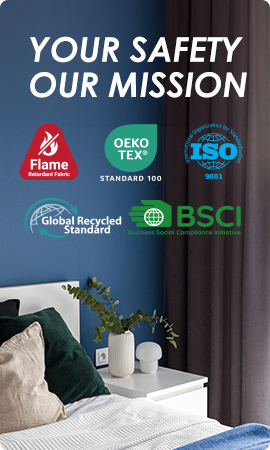Flame Retardant Wool Fabric: The Sustainable Natural Fiber Advocacy by IWTO
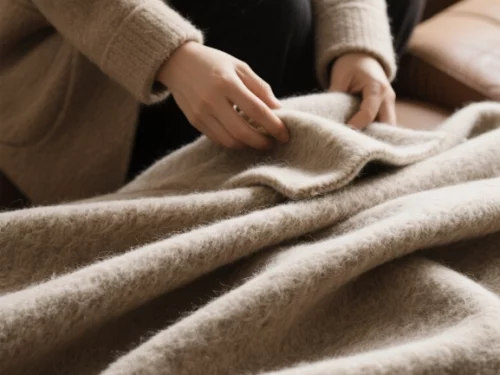
Advocating for the Environmental and Flame-Retardant Properties of Natural Fibers
Highlighting the Environmental Attributes of Wool Fabric
Wool, a natural fiber derived primarily from sheep, boasts numerous environmental benefits. Its production is renewable and sustainable, as sheep grow new fleece annually, making wool a naturally replenishing resource. Wool is biodegradable, breaking down in soil to release essential nutrients such as nitrogen and sulfur. This characteristic ensures that wool does not contribute to long-term waste in landfills. Moreover, wool fabric has a lower carbon footprint compared to many synthetic fibers due to its natural origin and minimal reliance on fossil fuels during production. There are many reasons to choose wool fabric for its environmental properties.
The life cycle of wool garments also demonstrates its environmental advantages. Wool is highly durable, which extends the lifespan of products made from it. This durability reduces the need for frequent replacements and contributes to lower overall consumption. Additionally, wool’s inherent resistance to odors means garments require less frequent washing, resulting in reduced water and energy use over time.
Emphasizing the Flame-Retardant Nature of Wool Fabric
Wool Fabric possesses unique flame-retardant properties that make it an exceptional choice for safety-conscious applications. Unlike synthetic fibers that can melt and drip when exposed to high temperatures, wool chars and self-extinguishes without releasing toxic fumes. This natural flame resistance stems from its high nitrogen and water content, which requires higher temperatures to ignite compared to other fibers.
The slow combustion rate of wool ensures that it does not propagate flames easily, making it suitable for use in environments where fire safety is critical. For instance, flame-retardant wool fabric is widely utilized in protective clothing for firefighters and industrial workers. Its performance under extreme conditions underscores its reliability as a natural material with superior safety attributes.
Promoting the Development and Standardization of Flame-Retardant Technologies
Supporting the Development of Flame-Retardant Treatments for Wool Fabric
While wool inherently exhibits flame-resistant characteristics, ongoing research seeks to enhance these properties through innovative treatments. Advances in textile technology have led to the development of environmentally friendly flame-retardant finishes that further improve wool’s performance without compromising its natural qualities. These treatments aim to meet stringent safety standards while maintaining the fiber’s softness, breathability, and biodegradability.
Research initiatives often focus on creating non-toxic and sustainable solutions that align with consumer demand for eco-friendly products. By enhancing the flame-retardant properties of wool through advanced treatments, manufacturers can expand its applications into new markets such as aviation, automotive interiors, and home furnishings.
IWTO’s Role in Establishing International Standards for Flame-Retardant Wool Fabric
The International Wool Textile Organisation (IWTO) plays a pivotal role in promoting global standards for flame-retardant wool fabrics. By collaborating with industry stakeholders, researchers, and policymakers, IWTO ensures that flame-retardant treatments comply with international regulations while maintaining wool’s environmental integrity.
IWTO actively supports standardization efforts by providing technical expertise and facilitating knowledge exchange among member organizations. These efforts help establish benchmarks for quality and performance that manufacturers can adhere to when producing flame-retardant wool fabrics. Standardization not only ensures consistency across markets but also builds consumer trust in the safety and sustainability of these products.
Encouraging Cross-Sector Collaboration and Market Expansion
Collaboration with The Woolmark Company
The Woolmark Company has been instrumental in fostering innovation within the wool industry by supporting collaborations between designers, manufacturers, and researchers. Its initiatives often focus on promoting the versatility of wool as a material suited for diverse applications, including those requiring enhanced flame resistance.
By working closely with industry partners, The Woolmark Company helps develop cutting-edge solutions that leverage wool’s natural properties while addressing specific market needs. These partnerships drive innovation in product design and manufacturing processes, ultimately expanding the reach of flame-retardant wool fabrics into new sectors.
Showcasing Flame-Retardant Wool Designs at International Exhibitions
International exhibitions provide a platform for showcasing advancements in flame-retardant technologies applied to wool fabrics. Events such as trade shows and industry conferences allow manufacturers to demonstrate their innovations to a global audience while highlighting the unique attributes of their products.
These exhibitions also serve as opportunities for cross-sector collaboration by connecting stakeholders from different industries who share an interest in sustainable materials like flame-retardant wool fabric. By participating in such events, companies can raise awareness about the benefits of using natural fibers over synthetic alternatives while fostering partnerships that drive market growth.
Advocating for Low-Carbon and Sustainable Production Practices
Dependence on Sustainably Grazed Sheep for Wool Materials
The production of wool begins with sheep, and sustainable grazing practices are integral to maintaining the ecological balance. Sustainably grazed sheep contribute to the health of grasslands, ensuring that the environment remains viable for future generations. These practices prevent overgrazing, which can lead to soil erosion and biodiversity loss. By managing grazing patterns, farmers ensure that sheep can thrive without degrading the land, creating a harmonious relationship between agriculture and nature.
Sustainably sourced wool aligns with the principles of low-carbon production. Sheep grazing on natural pastures reduce reliance on artificial feed and fertilizers, both of which are significant contributors to greenhouse gas emissions in conventional livestock farming. Additionally, wool is a renewable resource as sheep naturally regrow their fleece annually, making it a sustainable choice for textile manufacturing.
Energy-Efficient and Resource-Saving Production Processes for Wool Fabrics
The journey from raw wool to finished fabric involves several stages, including cleaning, spinning, dyeing, and weaving. Implementing energy-efficient technologies at each stage significantly reduces the carbon footprint of wool production. For instance, modern scouring techniques minimize water usage while effectively removing impurities from raw wool. These advancements not only conserve resources but also reduce wastewater generation.
Dyeing processes have also seen innovation with the introduction of low-impact dyes and closed-loop systems that recycle water and chemicals. Such measures ensure that wool fabric production aligns with environmental sustainability goals. Moreover, manufacturers are increasingly adopting renewable energy sources like solar or wind power to operate their facilities, further reducing dependence on fossil fuels.
BEGOODTEX’s Flame-Retardant Wool Fabrics Align with IWTO’s Advocacy

Characteristics of BEGOODTEX Wool Fabrics
Natural Warmth and Breathability
BEGOODTEX’s flame-retardant wool fabrics retain all the inherent qualities of natural wool, including its exceptional warmth and breathability. Wool fibers trap air within their structure, providing insulation against cold weather while allowing moisture vapor to escape. This dual functionality ensures comfort in varying climatic conditions.
Wrinkle Resistance
One of the standout features of BEGOODTEX’s wool fabrics is their wrinkle resistance. Unlike other natural fibers that may crease easily, wool’s elastic properties allow it to return to its original shape after being stretched or compressed. This characteristic makes it an ideal material for garments requiring minimal maintenance.
Flame Retardancy
A defining feature of BEGOODTEX’s products is their advanced flame-retardant properties. Wool is inherently resistant to flames due to its high nitrogen and water content. When exposed to fire, wool chars instead of melting or dripping like synthetic fibers. BEGOODTEX enhances this natural ability through innovative treatments that comply with stringent international safety standards without compromising the fabric’s eco-friendly attributes.
Environmental Friendliness
Environmental considerations are at the core of BEGOODTEX’s production philosophy. The company adheres to sustainable practices by sourcing ethically produced wool and employing resource-efficient manufacturing processes. Wool’s biodegradability ensures that products made from it do not persist in landfills indefinitely. Instead, they decompose naturally, releasing nutrients back into the soil.
Antibacterial and Odor-Resistant Properties
Wool naturally resists bacteria growth due to its unique fiber structure and lanolin content. This property prevents odors from developing even after prolonged use, making BEGOODTEX’s fabrics suitable for activewear and other applications where hygiene is critical.
Versatile Design Options
BEGOODTEX offers a wide range of design possibilities thanks to the adaptability of wool as a material. Whether used in protective clothing for industrial workers or stylish home furnishings, flame-retardant wool fabric meets diverse aesthetic and functional requirements.
By combining these characteristics with sustainable production methods, BEGOODTEX exemplifies how traditional materials like wool can be innovatively adapted to meet contemporary needs while supporting environmental stewardship.
FAQ
Q: Why is wool considered a sustainable natural fiber?
A: Wool is 100% natural, renewable, biodegradable, and recyclable. It requires significantly less energy and water to produce compared to synthetic fibers like polyester or even natural fibers like cotton. Wool garments are laundered less frequently, saving resources, and at the end of their life cycle, wool biodegrades without contributing to microplastic pollution. The International Wool Textile Organisation (IWTO) emphasizes wool’s role in circular economies due to its recyclability and low environmental impact.
Q: How does IWTO advocate for wool as a sustainable and flame-retardant fiber?
A: The IWTO, as the global authority for wool textile standards, promotes wool’s inherent flame resistance and sustainability through research, education, and policy advocacy. They fund studies, such as those by Australian Wool Innovation (AWI), to demonstrate wool’s superior fire resistance compared to synthetic fibers. IWTO also engages with policymakers, like those in the European Union, to ensure fair environmental assessments for natural fibers, addressing biases in sustainability ratings that favor synthetics.

